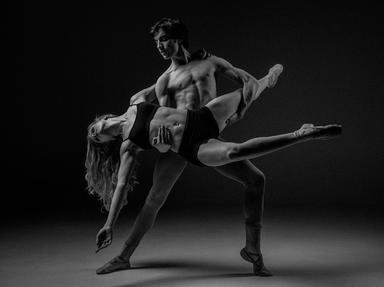
Muscles for Movement and so Much More Quiz
We have muscles throughout our bodies and we use them not only for movement, but also for breathing, seeing, hearing, pumping blood through the cardiovascular system, digesting food and giving birth ... to name but a few.
A collection quiz
by mazza47.
Estimated time: 3 mins.